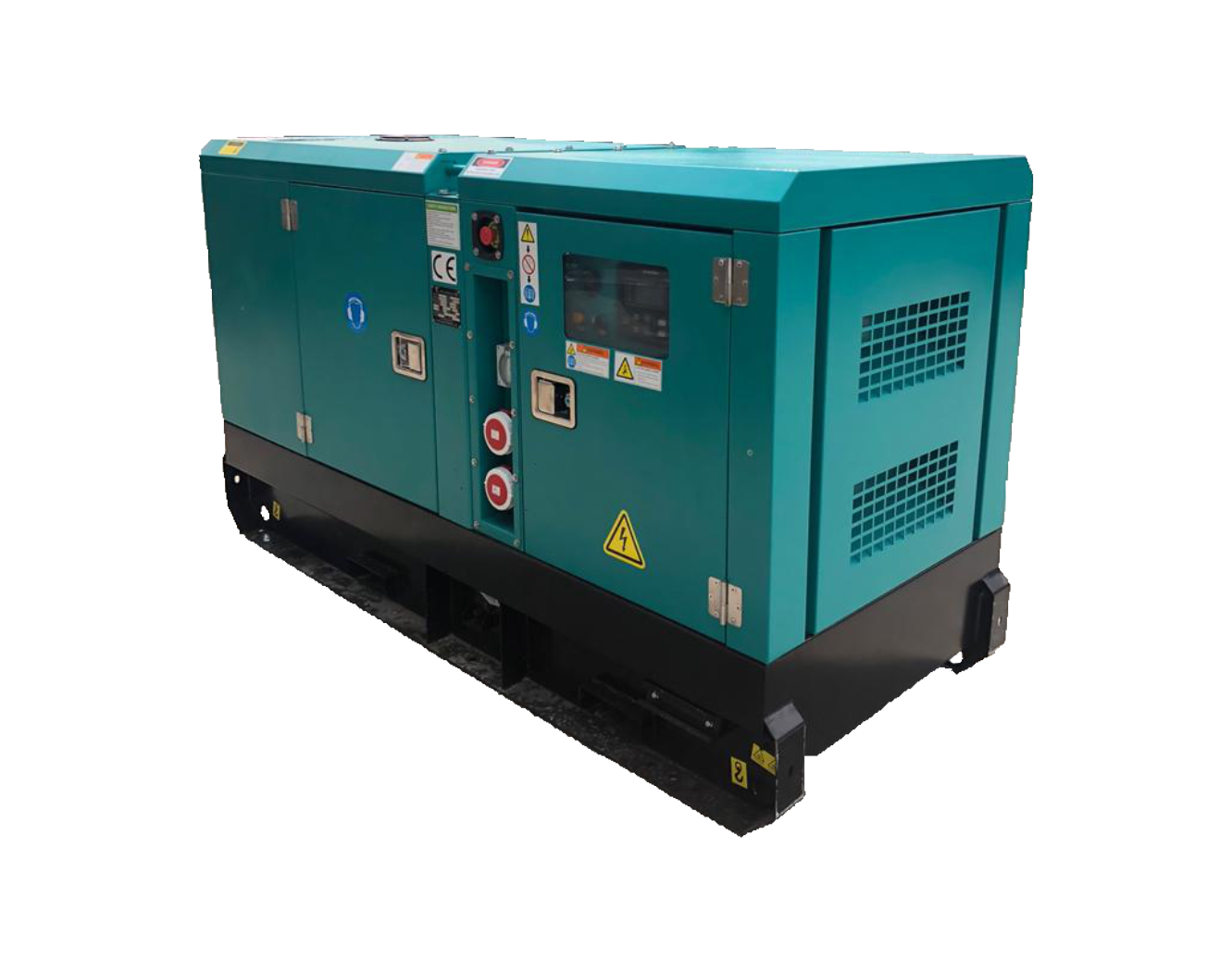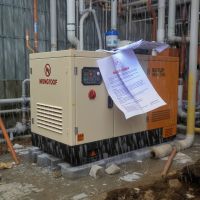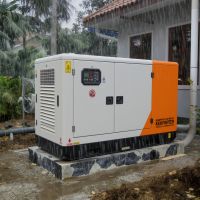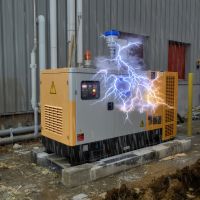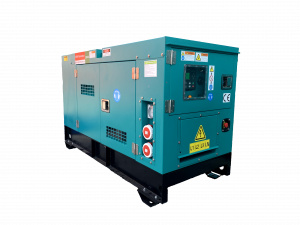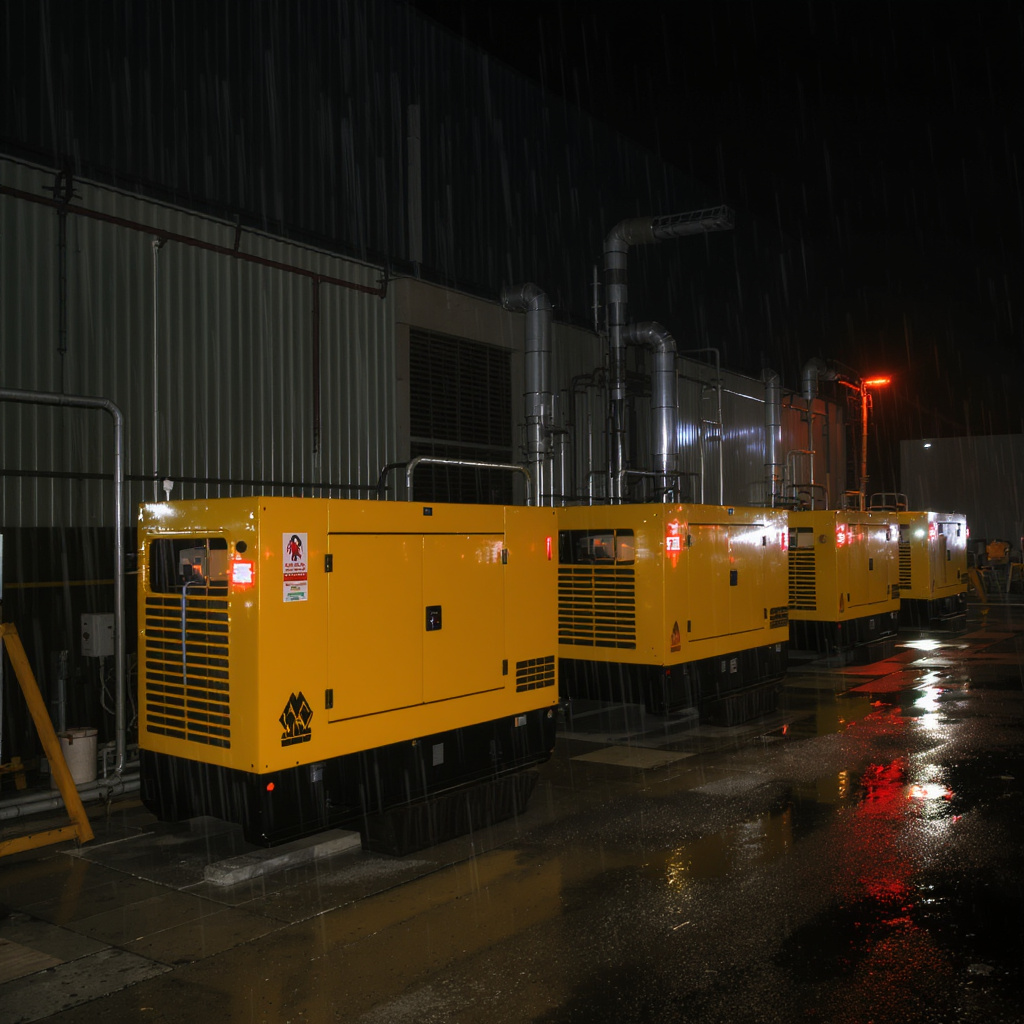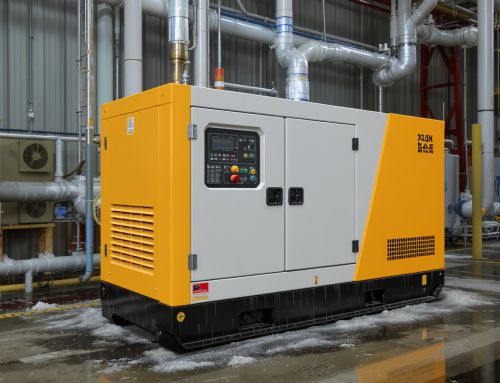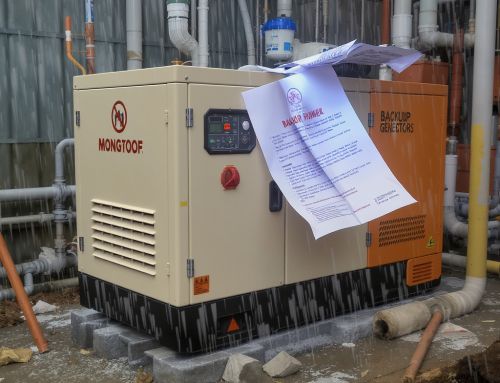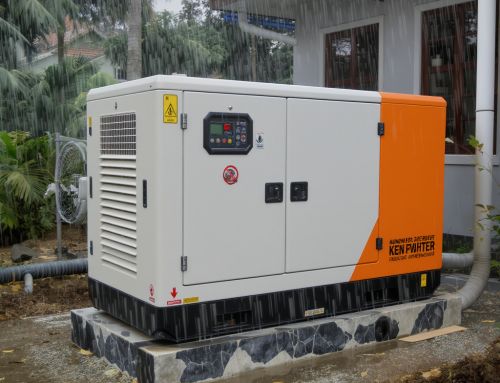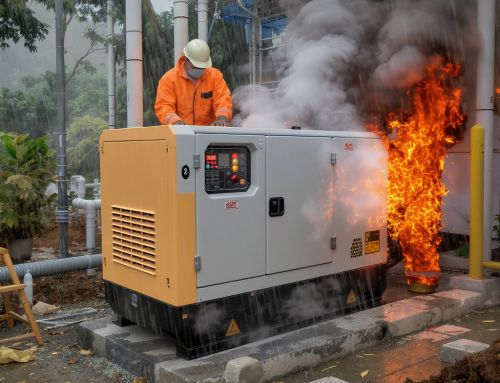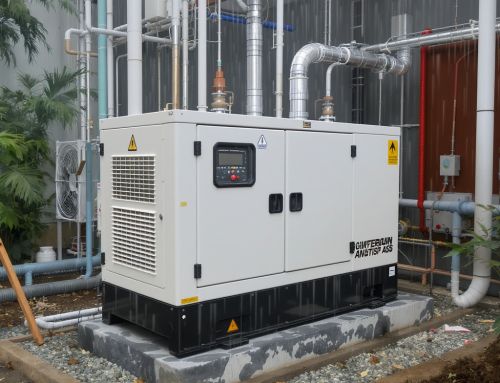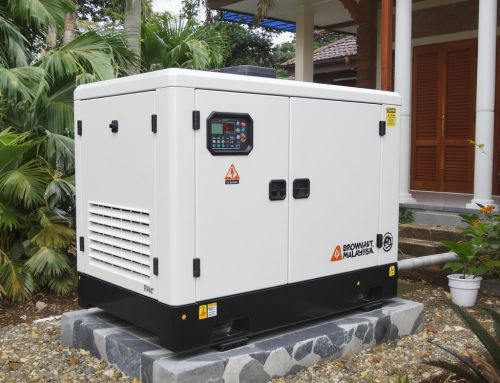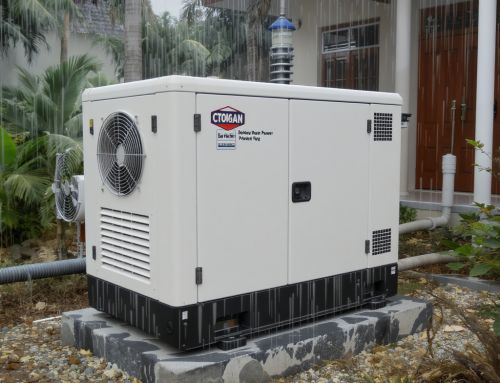From Monsoon Blackouts to Voltage Sags: The Business Case for Backup Generators in Malaysian Homes and Factories
Malaysia’s weather and grid realities are unique: humid heat, intense monsoon rain, and fast-growing industrial corridors create a perfect storm for power risks. For homeowners and factory managers alike, the question is no longer “Do we need a backup generator?” but “What’s the smartest way to invest?” This article breaks down the operational, financial, and safety reasons to choose a HOME/COMMERCIAL generator strategy that fits both terraced homes and small-to-mid factories.
Why outages cost more than a generator
Blackouts during the northeast monsoon aren’t just inconvenient. For households, they can spoil fridges and interrupt remote work or children’s study routines. For factories—especially those with CNC machines, compressors, or curing ovens—unplanned downtime can scrap batches, trigger rework, and risk missed delivery penalties. Consider the math: if a line producing RM20,000 per hour stops for three hours, one event can exceed the cost of a properly sized generator.
Voltage sags and power quality
Many Malaysian facilities experience voltage dips when heavy loads start on the same feeder. Even short sags can reset PLCs, disrupt VSDs, and cause sensitive electronics at home to reboot. A correctly specified generator with automatic voltage regulation (AVR) and a matching ATS ensures clean switchover and stabilised supply during utility disturbances.
Right-sizing for homes vs factories
Homes: A 6–12 kW set often supports essentials—lighting, sockets, fans/AC for key rooms, fridge, and internet. Noise and space matter, so look for acoustic enclosures and low-emission engines. Factories: For SMEs, 30–350 kVA covers compressors, chillers, pumps, and office loads. Prioritise step-load capability and fuel autonomy for 8–12 hours during storm events.
Need a starting point? Explore options like the 30kVA MGM Generator for compact workshops, or scale up to the 160kVA MGM Premium Generator Mark 13 for heavier process loads.
Compliance, safety, and insurance benefits
Well-installed generators with proper earthing, exhaust routing, and fuel storage improve overall site safety. Many insurers value documented maintenance and ATS testing, which can support lower risk assessments. For residential areas, ensure local council and TNB interfacing requirements are met; for factories, consider DOSH and fire safety clearances.
Space, noise, and emissions
Urban homes and industrial parks alike have neighbours. Choose low-noise acoustic canopies and position sets with airflow and vibration isolation. Newer engines cut particulates and NOx, and regular servicing maintains efficiency. If diesel storage is tight, consider hybrid setups with load management to reduce runtime and fuel cost.
Financing and ROI
Beyond capex, evaluate fuel, service intervals, and potential financing. When you quantify avoided downtime, the payback can be under a year for SMEs in storm-prone districts, and immediate peace of mind for families.
Implementation checklist
- Load audit: identify essential circuits and highest inrush loads.
- Sizing and spec: choose kVA with 20–30% headroom, AVR alternator, and ATS compatibility.
- Site planning: airflow, exhaust direction, refuelling access, acoustic barriers.
- Compliance: earthing, isolation, and statutory approvals.
- Maintenance plan: monthly test runs and quarterly inspections.
Ready to protect your home or factory from monsoon blackouts and voltage sags? Browse our online shop, compare models like the 100kVA MGM Generator Mark 12, or contact our team for a tailored sizing study.
Call us at +60129689816 or email genset@genset.com.my to get a quote and a site visit scheduled.



